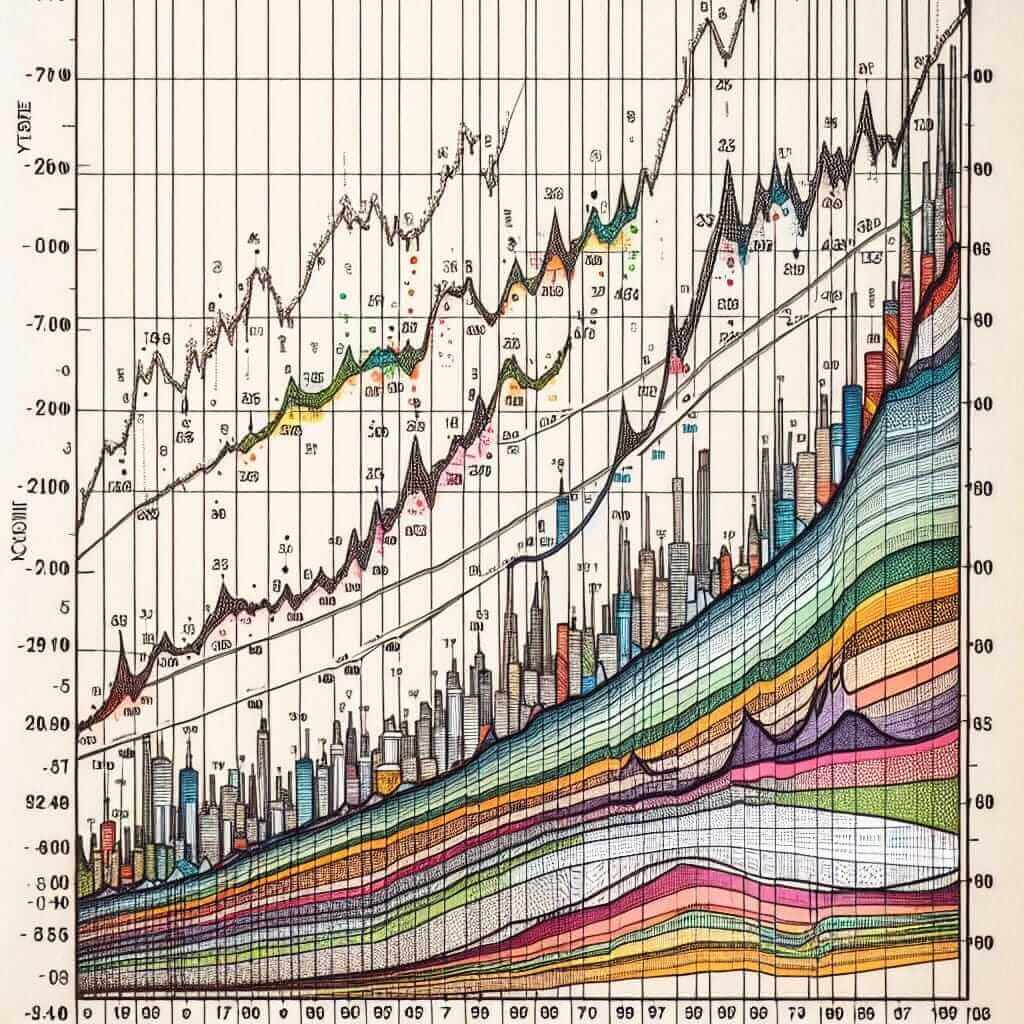As an IELTS instructor with over two decades of experience, I often encounter students asking, “How many questions are there in IELTS Writing Task 1?”. It’s a valid question, as understanding the task’s structure is key to achieving a high band score. Let’s break down this common query and equip you with the knowledge to conquer the IELTS Writing Task 1.
Deciphering the Question: It’s Not What You Think!
Here’s the surprising truth: There isn’t a direct question in IELTS Writing Task 1. Instead, you’re presented with a visual input – a graph, chart, diagram, or process – and given a specific task. This task acts as your prompt, guiding your written response.
Think of it this way: instead of answering a question, you’re describing and explaining the information presented visually. You need to showcase your ability to:
- Analyze data: Identify key trends, patterns, and significant details within the visual input.
- Synthesize information: Connect different data points to present a coherent and comprehensive overview.
- Report accurately: Use precise language and appropriate vocabulary to describe the information objectively.
Mastering IELTS Writing Task 1: Your Roadmap to Success
While there’s no single question to answer, approaching the task strategically is crucial:
Understand the Visual: Spend a few minutes carefully analyzing the provided graph, chart, or diagram. What type of data does it present? What are the units of measurement? What is the time frame (if applicable)?
Plan Your Response: Outline the key features you’ll highlight. Group similar data points and consider the most logical flow for your description.
Write Clearly and Concisely: Use a formal tone and avoid informal language. Maintain a clear structure with an introduction, body paragraphs (usually 2-3), and a conclusion (optional for Task 1).
Showcase Your Vocabulary: Demonstrate your range of vocabulary related to trends, comparisons, and data interpretation. Use synonyms to avoid repetition.
Proofread Meticulously: Allocate time for thorough proofreading to correct any grammatical errors, spelling mistakes, or inaccuracies in data representation.
 IELTS Writing Task 1 Example
IELTS Writing Task 1 Example
Example: Putting it into Practice
Let’s say your Task 1 presents a line graph showing the population growth of two cities over 50 years. Your task is to write a report describing the information shown in the graph.
Instead of searching for a hidden question, focus on:
- Overall Trends: Are the populations increasing or decreasing? Is one city growing faster than the other?
- Key Features: Are there any significant periods of rapid growth or decline? Are there any points where the populations intersect?
- Data Comparison: How do the two cities compare in terms of population size at the beginning and end of the period shown?
Achieving a High Band Score: Tips from the Expert
- Don’t Include Your Opinion: Stick to objective reporting of the data. Avoid personal opinions, predictions, or speculations.
- Focus on Coherence and Cohesion: Use linking words and phrases to connect your ideas and create a smooth flow of information.
- Manage Your Time Wisely: Allocate approximately 20 minutes for Task 1, leaving ample time for Task 2, which carries more weight.
Conclusion
Remember, success in IELTS Writing Task 1 hinges on your ability to accurately and effectively communicate the information presented visually. By understanding the task’s structure, employing a strategic approach, and honing your analytical and language skills, you can confidently tackle any visual input that comes your way.

